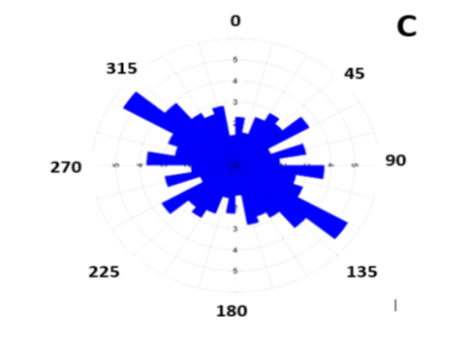


Indian Journal of Science and Technology
Year: 2021, Volume: 14, Issue: 9, Pages: 810-825
Original Article
Sammy O Ombiro1*, Akinade S Olatunji2, Eliud M Mathu3, Taiwo R Ajayi2
1Pan African University, Life and Earth Sciences Institute, University of Ibadan, Nigeria
2Department of Geology, University of Ibadan, Nigeria
3Department of Geology and Meteorology, South Eastern Kenya University, Kenya
*Corresponding Author
Email: [email protected]
Received Date:13 January 2021, Accepted Date:28 February 2021, Published Date:23 March 2021
Objective: To map areas of possible hydrothermal alteration using remote sensing technology; To map geological structures controlling mineralisation using remote sensing; To carryout field mapping to ground truth the features identified by remote sensed data. Methods: Landsat 8 Operational Land Imager (OLI) and Shuttle Radar Topography Mission (SRTM) remote sensed images were downloaded from USGS website. Landsat images were processed using band ratios, band composites, principal component analysis techniques in ArcGIS to map areas of possible hydrothermal alteration. SRTM image was analysed using hillshade analysis technique in ArcGIS to map geological structural features controlling mineralisation. Findings: The study found that in several areas especially Southern, South Eastern, Central and North Western part of Lolgorien, there is a possibility of hydrothermal alteration as spectral signatures associated with iron oxide and clay minerals were identified. It was also found that areas with possibility of hydrothermal alteration are also associated with relatively large number of lineaments. It was also found that Southern and South-Eastern part of Lolgorien are also associated with numerous artisanal mines proving the fact that indeed gold mineralisation may be found in these places. However, due to thick vegetation cover, mapping of different types of lithological units found in Lolgorien was not possible. Novelty/Application: The application of remote sensed technology helped in identification of new areas of possible mineralisation such as Central and North-Western parts of Lolgorien which despite having similar geological properties (in terms of lineament density and hydrothermal alteration) have never been exploited for gold or other minerals.
Keywords: Hydrothermal alteration; Landsat 8 (OLI); SRTM; Iron oxide; clay minerals; remote sensing
© 2021 Ombiro et al.This is an open access article distributed under the terms of the Creative Commons Attribution License, which permits unrestricted use, distribution, and reproduction in any medium, provided the original author and source are credited. Published By Indian Society for Education and Environment (iSee)
Subscribe now for latest articles and news.